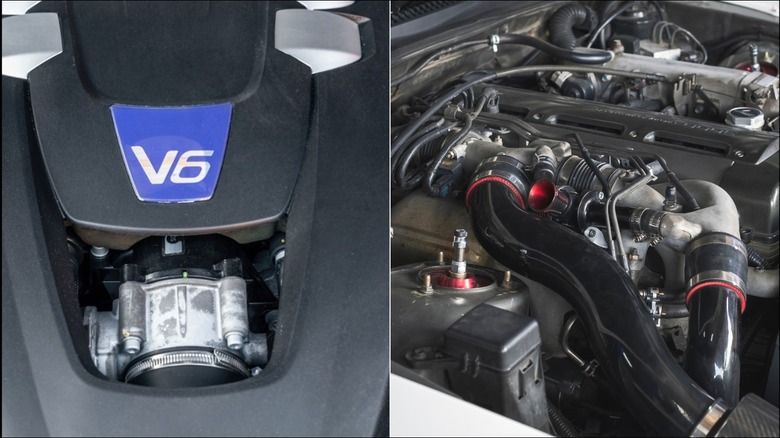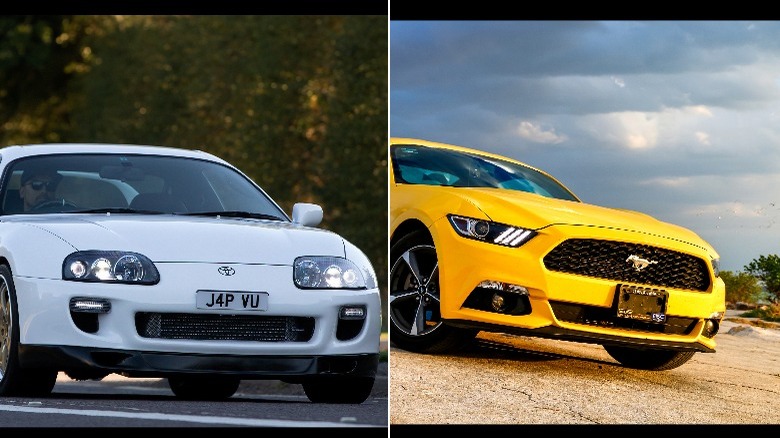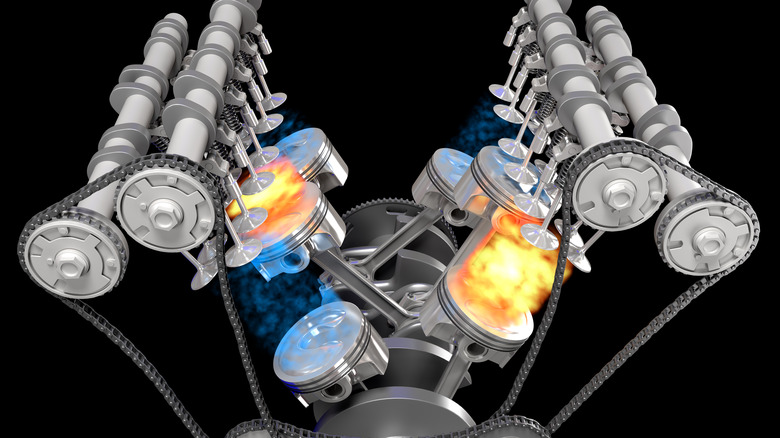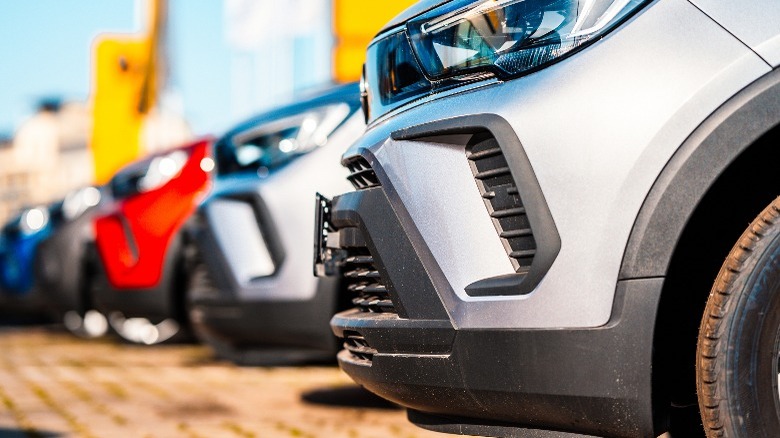V6 Or Inline-Six: Which Engine Layout Is Better?
When it comes to the power and driving experience offered by different engine types, the answer often lies in a familiar phrase: 'It depends.' This rings especially true in the automotive world's longstanding debate between V6 and Inline-six engines.
While the inline-six engine came before the V6, this debate between straight-six and V6 engines began in the early 1950s when the Italian automaker Lancia unveiled the Lancia Aurelia to the public. This brilliantly engineered car was the first production car to sport a V6 engine, and this type of engine has become a mainstay in automobile engineering ever since.
Today, V6 cars are much more common than their straighter cousins. But of course, this doesn't mean the V6 completely replaced the inline-six. There are still vehicles that sport the larger, smoother, but older engine layout. In fact, some reliable and popular cars use a straight-six engine layout. But let's find out which of the two is really better.
What's the difference between the V6 and inline-six engine layouts?
A V6 engine has its cylinders arranged in a V shape on the engine block. The cylinders are arranged with three on the left bank and a matching three on the right. You'll find these cylinders sitting at a "V-like" angle. Some car manufacturers opt to create 60-degree V6 engines, others might choose 90, or some, such as the Volkswagen VR6, use narrow-angle V6 engines (with as little as 10-15 degrees). But there are still many other angles out there.
Conversely, straight or inline-six engines have all the cylinders arranged in a straight line. While there may be variations in the placement of the engine, it's ultimately a long block of six cylinders arranged in a row. While rarer than a V6, they still appear in famous car models like the Toyota Supra MK4. In fact, the Toyota Supra became an icon in the automotive world partly due to its 2JZ straight-six engine.
Smoothness and balance vs form factor
Internal combustion engines (ICE) use pistons contained in cylinders to rotate the crankshaft. However, the pistons' movement triggers other undesired primary and secondary forces that could cause an imbalance and compromise smoothness.
Luckily, inline-six engines are designed so that these forces can cancel themselves out naturally. Imagine a straight-six engine was simply two three-cylinder engines arranged end-to-end, with the first piston in the first engine and the last piston in the second engine firing in sync. Follow that syncing order so that the pistons where the engines meet are also in sync. This way, the primary and secondary forces are balanced out due to the even number of cylinders in a straight line.
The V6, on the other hand, shares no such luxury; it needs counterweights to balance the crankshaft. A V6 is really two three-cylinder engines arranged in a V shape on an engine block. So, while the V6 engine has a smaller form factor, it runs a little rougher and less balanced.
Ultimately, we have one engine that runs smoother but can only fit in vehicles with large engine bays and another that runs rougher but can fit into pretty much any decently-sized car. That's why V6 engines are typically used as the powerful version of base model four-cylinder front-wheel drives (straight-six engines are generally too large for FWD vehicles).
The inline-six wins in every way except on the balance sheet
Due to its "spread" and relative simplicity, the inline-six engine is easier to work on and mod. It's even slightly cheaper to produce than the V6 engine. What's more, it's more durable than the V6. So, why is it a lot less common than the V6?
The answer is money. The V6 sits at a spot where it can be a premium four-cylinder option or a cheaper V8 replacement. Car manufacturers can use a V6 engine across several platforms, reducing production costs and maximizing profit thanks to its scalability. Nowadays, you'll only find an inline-six in cars made for enthusiasts.
In contrast, you can easily find V6 cars everywhere. Take the Ford Mustang, for instance; while the most powerful Ford Mustangs are typically V8s, Ford always tries to create a more accessible V6 option. With the V6's form factor, there is no need to worry about changing the car's design or chassis to suit the more powerful V8.



